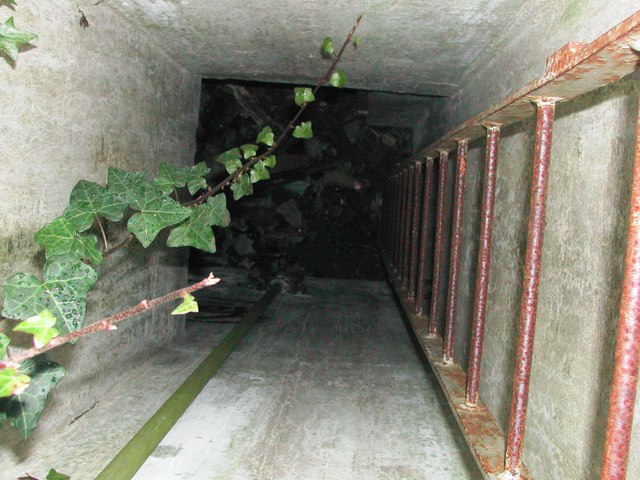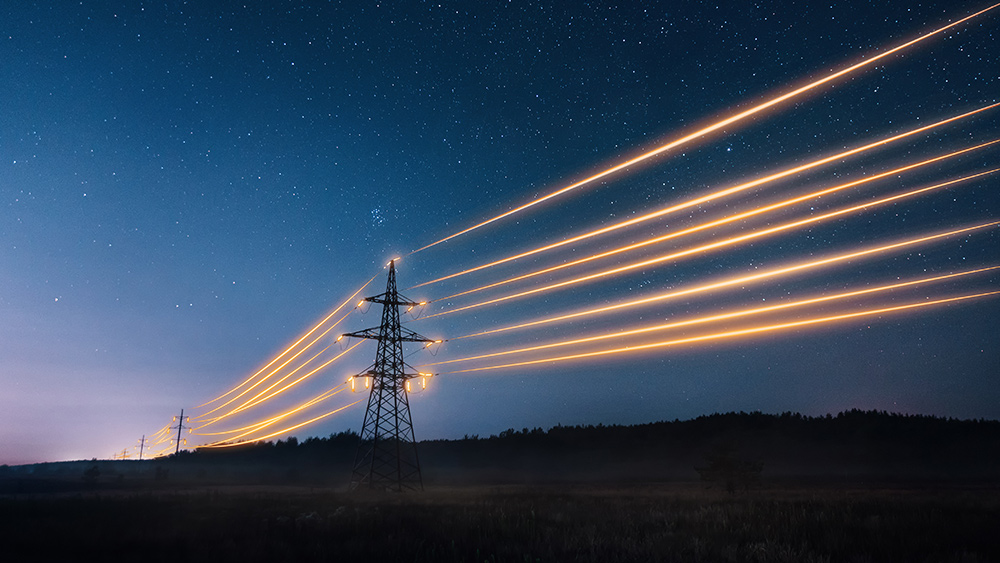 Parler
Parler Gab
Gab
What happens when a nuclear device explodes?
If a nuclear disaster happens, here are some things to watch out for: A blinding flash A blinding flash will cause temporary blindness for one minute or so. Once this happens, quickly head to the safest place possible for the oncoming blast wave. The blast wave A blast wave will quickly radiate out from the explosion and the force will be strong enough to knock over buildings and destroy everything in the immediate blast zone. The size of the blast zone depends on the size of the bomb or explosion. For example, a one-megaton nuclear bomb has a blast zone of 3.7 miles and a ten-megaton bomb would cause lethal burns to anyone within a 20-mile radius of the explosion. This means if you are still in the blast zone of a nuclear bomb, your chances of survival are very slim. But if you are lucky enough to be outside the blast zone and act quickly, your chances of survival will significantly go up. (Related: CBRN defense and preparedness: How to be ready for a nuclear emergency.) Nuclear fallout The telltale mushroom cloud of a nuclear explosion carries particles high into the atmosphere and drops them back down to earth as sand-sized radioactive "fallout." Depending on the size of the blast, you will have about 15 to 30 minutes to get to your bug-out location, like a concrete basement or inner room. Watch if the mushroom cloud begins drifting in a particular location to check if you need to seek immediate shelter from the radiation. If the prevailing winds carry it away, you can enforce other survival measures. If you've prepared ahead, you should be close enough to a preplanned shelter with the necessary survival supplies. Otherwise, get your regular survival and nuclear go bags and head to a safe place to increase your odds of survival. After a nuclear disaster, you may need to stay in the shelter for up to 30 days. Electromagnetic pulse (EMP) Lastly, a nuclear explosion will also cause an EMP to take out the electrical grid and electronics up to an unknown radius. It remains to be seen how far EMP damage can extend, but it's possible that it will extend farther out than the blast zone or the fallout. If you want to protect your electronic devices, buy or build a Faraday cage or container. A Faraday cage protects devices by preventing electromagnetic energy from getting inside. Expensive Faraday cages or containers use a combination of fine copper mesh and solid aluminum. For a cheaper DIY alternative, build your own Faraday container using aluminum foil and a galvanized steel trash can.How to survive a nuclear disaster
You may or may not receive a warning before a nuclear explosion. If the source is a domestically planted nuclear device or an accident at a nuclear facility, you will typically not have any advance warning. But if it's a missile attack, you will probably receive a warning through an emergency broadcast or via social media. Plan ahead Even preppers can't predict where they might be during a catastrophic event. But knowing safe locations in the areas you usually frequent, especially in and around your home, can help you act faster if you see the blinding flash that precedes a nuclear explosion. Because every second counts, planning ahead can help you act more quickly when SHTF. Prepare your nuclear disaster go bag When disaster strikes, you will need a standard survival bug-out bag and a nuclear disaster go bag. The latter contains items necessary for a nuclear emergency, so prepare one for each family member. Your nuclear disaster go bag should include:- A nuclear war survival skills manual
- A radiation detector or Geiger counter to assess if it's safe to go back outside. Get a durable unit that can measure nuclear radiation.
- A full-face gas mask so you can safely head to your bug-out location. For additional protection, get a special gas mask filter too.
- Potassium iodide (KI) tablets to prevent your thyroid from absorbing some kinds of nuclear radiation. They are crucial for young people but they offer almost no benefit for adults aged 55 or older. Take KI tablets before exposure if possible or as soon as possible.
- Coveralls or a rain suit to help protect you from the fallout. Leave it outside your shelter once you get to safety.
- Plastic sheeting and duct tape to seal off doors or windows in your shelter to keep out the fallout.
- Wipes or a washcloth and water to wipe off radiation particles from fallout once you reach a shelter. Showering is preferred, but use wipes or a washcloth with water if you don't have access to a shower.
- A hand-crank emergency radio to monitor emergency broadcasts if you are in a shelter. The radio will help you monitor the extent of the disaster and reports can help you determine when it's safe to come out.
More related stories:
What you and your community need to do within the first 90 days of a catastrophic collapse. How to prepare for an EMP threat. Survival essentials: 10 Emergency supply tips for preppers. Sources include: TheSurvivalMom.com 1 TheSurvivalMom.com 2 Brighteon.comUSDA stirs surveillance suspicions as it sets up national vegetable garden database
By Belle Carter // Share
Swiss company unveils fortified luxury bunkers designed for the apocalypse
By Kevin Hughes // Share
Bug out survival planning: Transportation ideas during a financial crisis
By Zoey Sky // Share
Bangladesh power grid COLLAPSES, leaving 140 million people without power
By Ethan Huff // Share
Illegal aliens ARRESTED for looting in areas devastated by Hurricane Ian
By Mary Villareal // Share
Governments continue to obscure COVID-19 vaccine data amid rising concerns over excess deaths
By patricklewis // Share
Tech giant Microsoft backs EXTINCTION with its support of carbon capture programs
By ramontomeydw // Share
Germany to resume arms exports to Israel despite repeated ceasefire violations
By isabelle // Share










